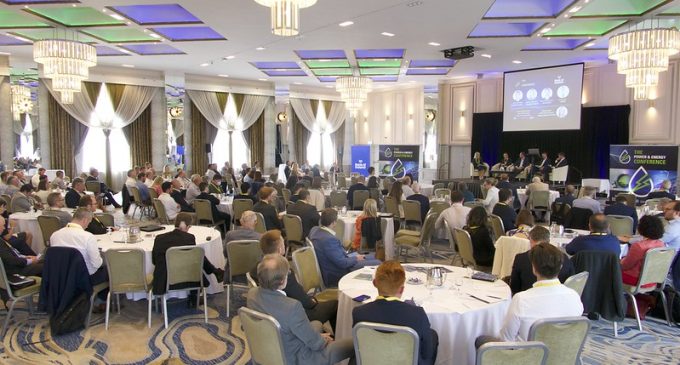Key consultation launched for building Ireland’s grid

Ireland’s utilities regulator has launched a consultation on models to build, finance, and maintain the grid to harness offshore wind, writes David Keniry.
The Commission for Regulation of Utilities (CRU) has published a consultation paper on developing an offshore revenue recovery model for EirGrid with responses due by 12 April and a decision by the end of June 2024.
The Irish Government has designated EirGrid as the asset owner for Ireland’s new offshore electricity grid. The CRU believes EirGrid will, therefore, need to transform its business and grow its balance sheet rapidly in order to deliver on its new offshore asset owner role and the revenue recovery model will need to appropriately recognise EirGrid’s new role and scale, whilst driving discipline and desired behaviours, ensuring delivery, and best value for customers.
This consultation paper sets out the CRU’s proposals on the following elements:
- the ‘offshore regulatory framework’ and the CRU’s proposed degree of separation to be implemented between the Transmission System Operator (TSO) and Offshore Asset Owner (OAO) functions;
- the governance and reporting requirements for the OAO functions; and
- the financial building blocks on which the offshore revenue recovery model is to be comprised.
This consultation also sets out a series of proposals and options for how the OAO revenue control will facilitate the financing of EirGrid’s offshore investment programme. The CRU is also proposing to introduce a series of financial performance incentives on EirGrid to incentivise the effective and efficient delivery of its offshore programme during both construction and operation.
This will, at a minimum, include a:
Delivery incentive.
To incentivise capital works being delivered on time (Phase 1 asset transfer and Phase 2 construction) the CRU proposes use of an asymmetric delivery incentive that penalises the OAO for late delivery.
Availability incentive.
This will be designed to encourage EirGrid to maintain availability of the offshore grid. For instance, once offshore transmission assets are operational, the OAO could have an operational availability target close to 100%, with incentive rewards and penalties awarded depending on whether it exceeds or falls short of the target.
Cost incentive.
EirGrid will have a proportionate amount of its return on regulated equity (RoRE) at risk to incentivise delivery of projects within the cost baselines that are determined ex-ante and monitored through the investment and regulatory gateways as part of the capex regime. Where projects are delivered in full and under budget, this would be considered as an efficient saving and may be retained by EirGrid.
EirGrid’s TSO business is asset light with limited financial headroom to absorb construction and delivery risks of the offshore programme. The value of EirGrid’s TSO Regulated Asset Base (RAB) is forecast to be less than €40m (2019 prices) by the end of the current price review in 2025 (PR5). EirGrid will need to finance a regulated asset base in excess of €5 billion based on current estimates3 over a short timeframe (by 2030).
By comparison, ESB Network’s has built up it’s current onshore RAB of approximately €8 billion which over several decades. The financing requirements of EirGrid’s new offshore role post 2030 are expected to be considerable.
The CRU expects that lenders to the company (i.e. debt funding providers) will require considerable amounts of new equity to be available to reduce the risk faced by debt, and to manage the risks associated with the construction and operation of offshore transmission infrastructure.
The CRU understands that engagement on equity funding from a range of sources (including EirGrid’s Shareholder, the Irish Government, European grant funding, etc.) is still ongoing and given the anticipated timeline for offshore development, it is important that this issue is addressed with some urgency.
The CRU is of the view that EirGrid will require significant levels of equity investment to support the delivery of the major offshore investment programme necessitated by Government targets for offshore energy.
The CRU adds that Ireland is an outlier in the EU in addressing both rapidly increasing energy demand with simultaneous decarbonisation of the energy system. This will require unprecedented multi-billion-euro investment programmes in renewable and conventional generation capacity as well as networks.
‘This is a once in a generation shift which has the potential to put unprecedented pressure on customer bills. There may be opportunities to consider policy measures to mitigate this, including for example, the Irish State taking a significant equity stake in the offshore electricity network.’
The CRU will review and consider all consultation responses with a view to publishing a decision by the end of June 2024.








